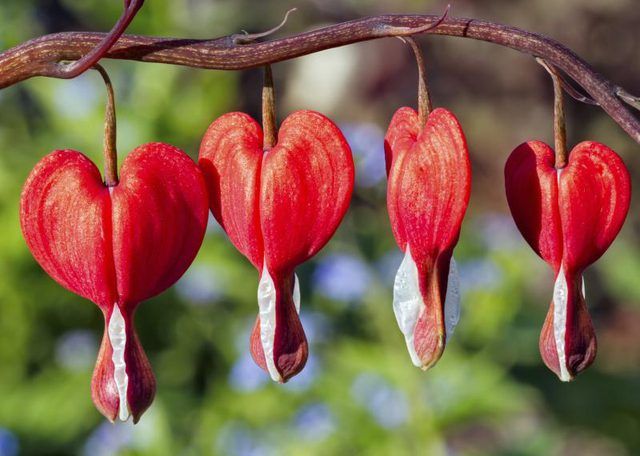Bulbs
Flower Basics
Flower Beds & Specialty Gardens
Flower Garden
Garden Furniture
Garden Gnomes
Garden Seeds
Garden Sheds
Garden Statues
Garden Tools & Supplies
Gardening Basics
Green & Organic
Groundcovers & Vines
Growing Annuals
Growing Basil
Growing Beans
Growing Berries
Growing Blueberries
Growing Cactus
Growing Corn
Growing Cotton
Growing Edibles
Growing Flowers
Growing Garlic
Growing Grapes
Growing Grass
Growing Herbs
Growing Jasmine
Growing Mint
Growing Mushrooms
Orchids
Growing Peanuts
Growing Perennials
Growing Plants
Growing Rosemary
Growing Roses
Growing Strawberries
Growing Sunflowers
Growing Thyme
Growing Tomatoes
Growing Tulips
Growing Vegetables
Herb Basics
Herb Garden
Indoor Growing
Landscaping Basics
Landscaping Patios
Landscaping Plants
Landscaping Shrubs
Landscaping Trees
Landscaping Walks & Pathways
Lawn Basics
Lawn Maintenance
Lawn Mowers
Lawn Ornaments
Lawn Planting
Lawn Tools
Outdoor Growing
Overall Landscape Planning
Pests, Weeds & Problems
Plant Basics
Rock Garden
Rose Garden
Shrubs
Soil
Specialty Gardens
Trees
Vegetable Garden
Yard Maintenance
Bleeding Heart Plant Facts
Bleeding Heart Plant Facts. When it comes to wearing its heart on its sleeve, no plant outdoes the bleeding heart. Each spring, its valentine-shaped blooms dangle like bracelets of precious jewels from gracefully arching stems. Lacy, blue-green leaves add to the enchantment. Although commonly marketed under the botanical name of *Dicentra...

When it comes to wearing its heart on its sleeve, no plant outdoes the bleeding heart. Each spring, its valentine-shaped blooms dangle like bracelets of precious jewels from gracefully arching stems. Lacy, blue-green leaves add to the enchantment. Although commonly marketed under the botanical name of Dicentra spectabilis, bleeding heart is the only plant in the Lamprocapnos -- meaning "bright smoke" -- genus. Its accurate botanical name is Lamprocampos spectabilis. Whatever you call it, handle it with gloves and plant it where its toxic sap doesn't endanger curious kids or leaf-nibbling pets.
Chinese Connection
The first bleeding heart plants made their way into British gardens from the Japanese wilds in 1812 but quickly disappeared. In the 1840s, the Royal Horticultural Society sent legendary Scottish plant collector Robert Fortune to China, where he purchased a plant in Shanghai and delivered it to Britain in 1846.
Five years later, the first bleeding hearts arrived in North America and Europe. They're now cultivated so widely that garden plants almost certainly outnumber the wild populations.
Life Cycle
Bleeding heart emerges in spring. Its reddish shoots first produce leaves and then flowers. Where summer remains cool and moist in its growing range in U.S. Department of agriculture plant hardiness zones 3 though 9, bleeding heart's leaves may remain green until fall.
Hot, dry summers, however, wither the leaves by August. They gradually fade to yellow, stop photosynthesizing and die back to to the soil line. Once they disappear, the growing season is finished. The plant's roots have stored the food it needs to bloom the following year.
Growing Conditions
The right growing conditions can delay bleeding heart's inevitable disappearance. It needs two or more hours of shade each day; morning sun and afternoon shade are best. Full sun -- six or more hours per day -- is acceptable only in cool, moist climates.
Consistently moist, well-drained humus-rich soil is ideal. Soggy soil exposes bleeding heart to root rot. The plant is a natural for woodland gardens, as long as it's surrounded by shade-loving companions plants to conceal the bare spot it leaves behind in midsummer.
Good companions are Chinese astilbes (Astilbe chinensis). Hardy in USDA zones 4 though 8, depending on variety, their plumes of pink, red, purple or white flowers crown clumps of lacy leaves from late spring to midsummer.
By Any Other Name
Bleeding heart goes by many other common names, all of them attempts to capture its poetic appearance. They include:
Chinese Pants
Lady’s Locket
Lyre Flower
Our-Lady-in-a-Boat
Tearing Hearts
The plant's uniquely shaped blooms also inspired a bit of whimsy from Britsih limericist Edward Lear. His 1871 book Nonsense Botany contained an illustration of the mythical "Manypeeplia Upsidownia" plant.